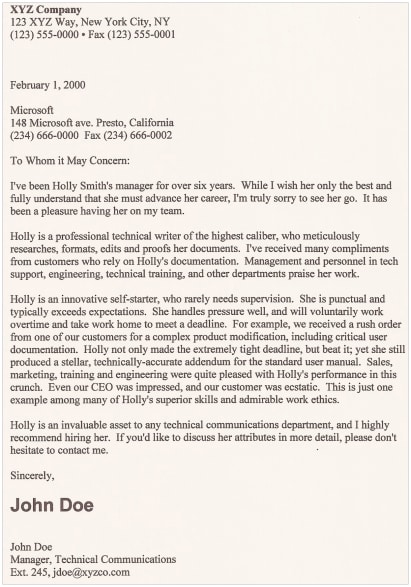| 1. Return Address
(Letter Head) |
The return address is necessary for the receiver of the letter to know where to send a reply. |
| 2. Date Line | The date line is the line that indicates that date the letter was keyed. |
| 3. Inside Address | The inside address is the name and address of the recipient of the letter. |
| 4. Salutation | The salutation is the greeting within the letter. |
| 5. Subject Line | Key the subject of your letter on the subject line. |
| 6. Body | The body of the letter is where your message is placed. |
| 7. Complimentary Closing | The choice of complimentary closing depends largely on the nature of the letter. |
| 8. Writer’s Identification | The name of the letter writer (writer’s identification) appears 4 to 5 lines below the complimentary closing to allow space for the writer to sign the letter. |
| 9. Identification Initials | If you have someone else key the letter on your behalf, that person’s initials (identification initials) appear below the keyed name. |
| 10. Enclosure Notation | If you have included anything with the letter, you make a note of it in the enclosure notation. |
| 11. Copy Notation | There are 2 types of copy notations. CC (courtesy copy), and BCC (blind courtesy copy). |
Letter Styles:
1) Semi-Block letters: This letter has each new paragraph start with an indent.
2) Block Letters: The return address, date, complementary closing, writer’s identification all start at the halfway point.
3) Full Block letters: This is the most common type of letter. You are to use this letter in all your assignments. All parts of the letter are aligned to the left side. There are no indents. The most creative part of the letter is the letter head: it is the name and address of the person who is writing the letter. So be creative when designing your letter head.

